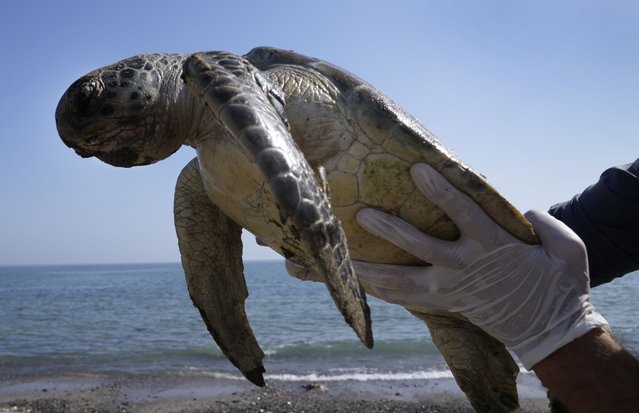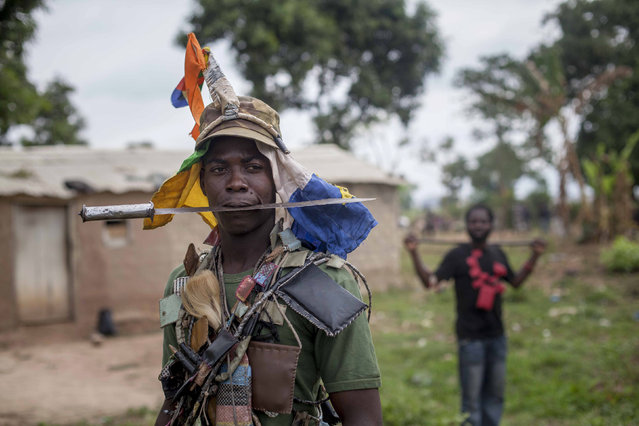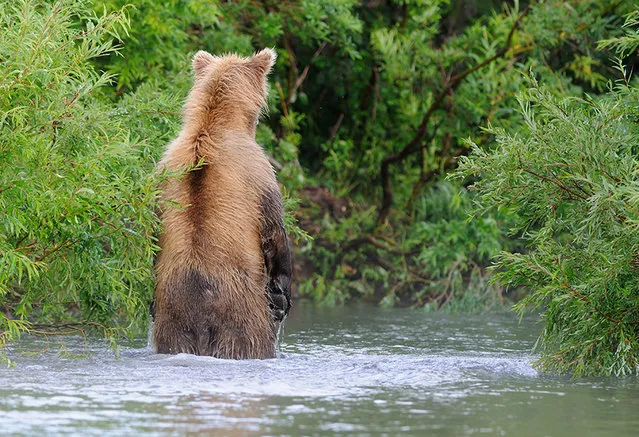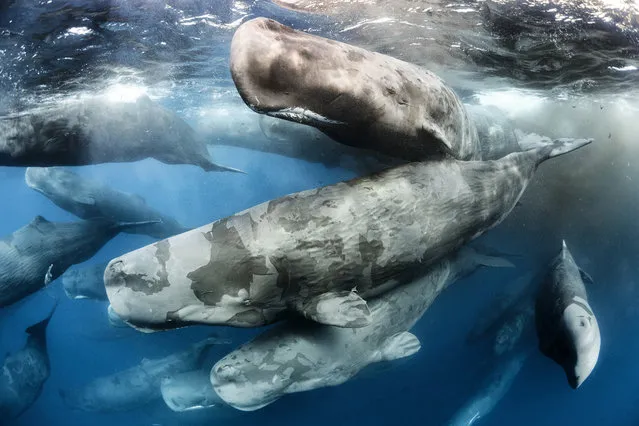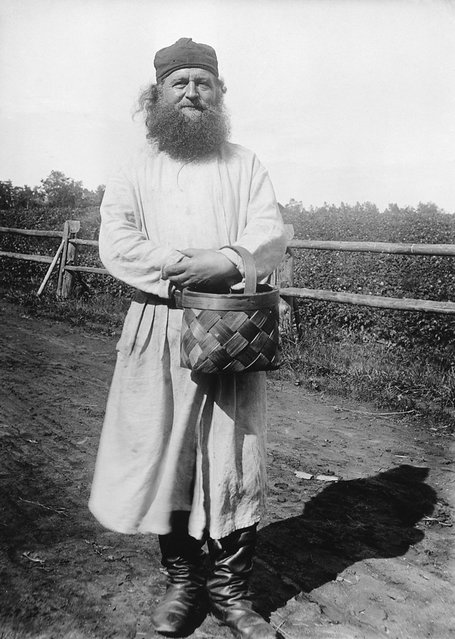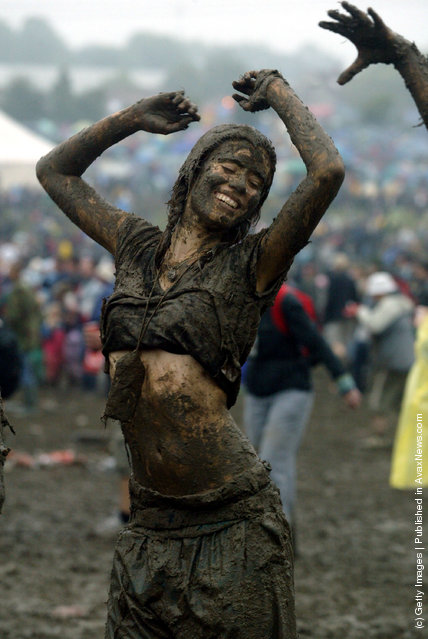
People take part in a protest outside the Department for Education, London, Sunday August 16, 2020, in response to the A-level results. The British government has been urged to “get a grip” over how grades are being awarded to school students, who were unable to take exams earlier this summer because of the coronavirus pandemic. The latest confusion emerged late Saturday when England’s exam regulator launched a review on its own just-published guidance on how students can appeal grades awarded under a complicated system. (Photo by London News Pictures/The Sun)
18 Aug 2020 00:07:00,post received
0 comments

